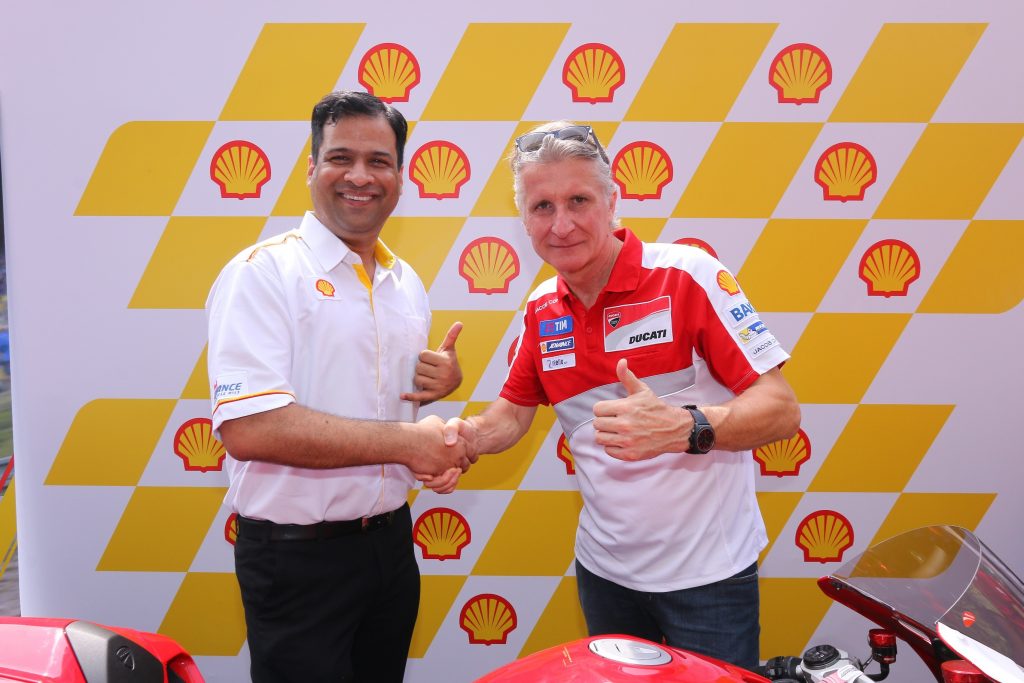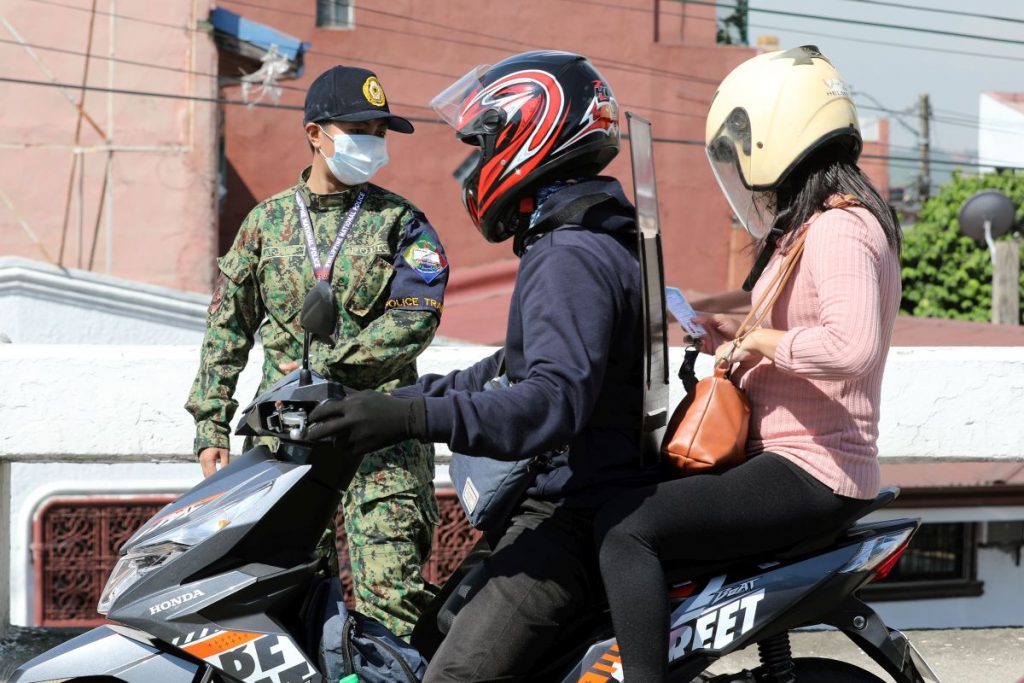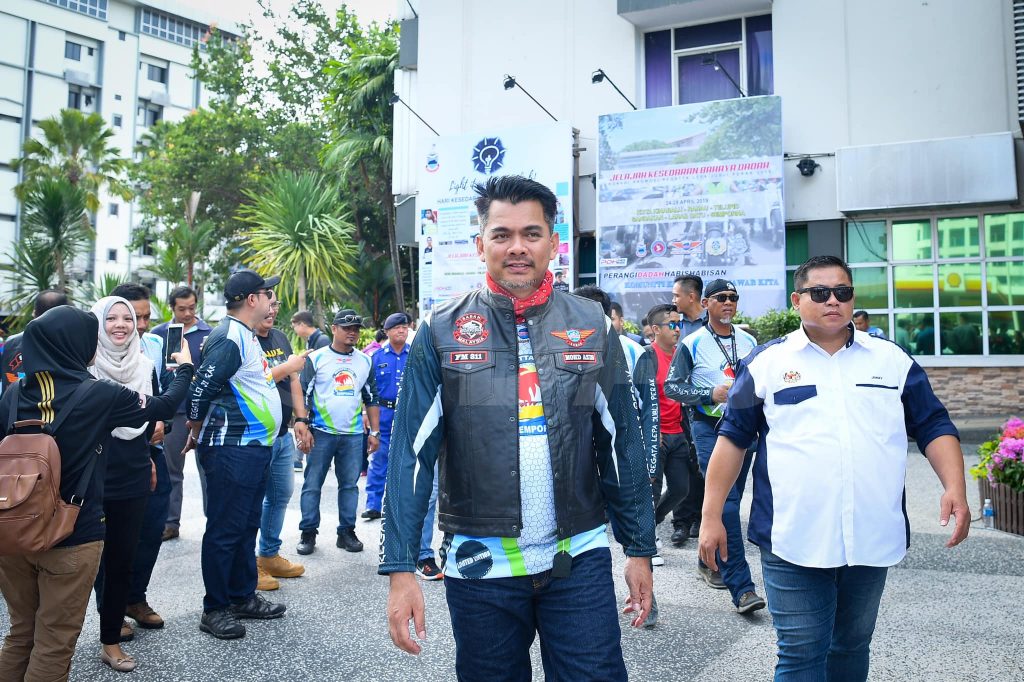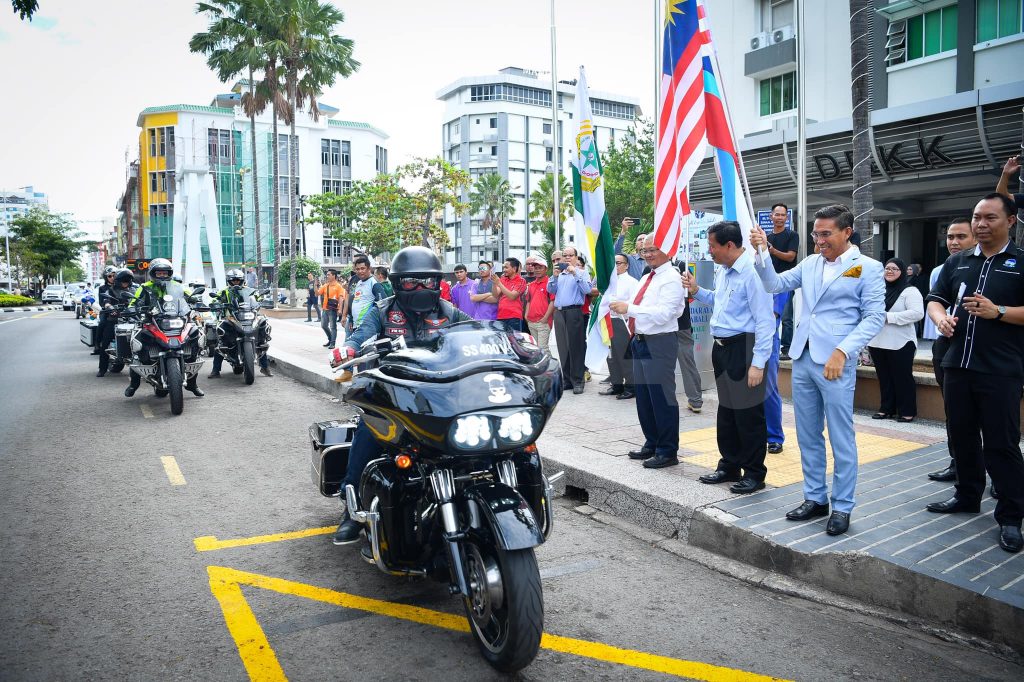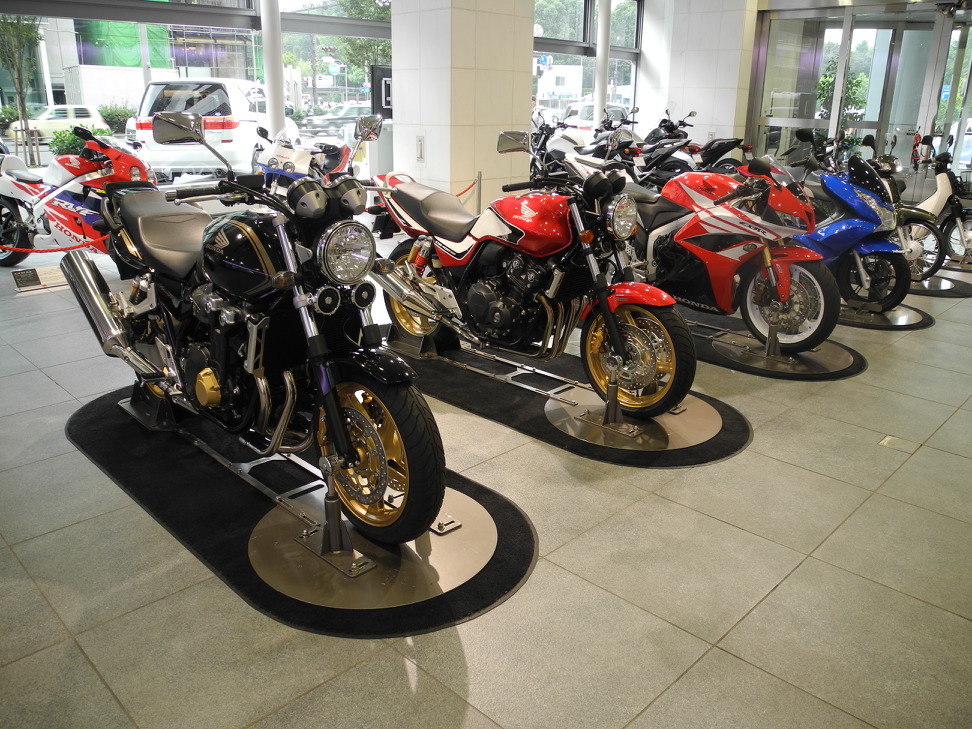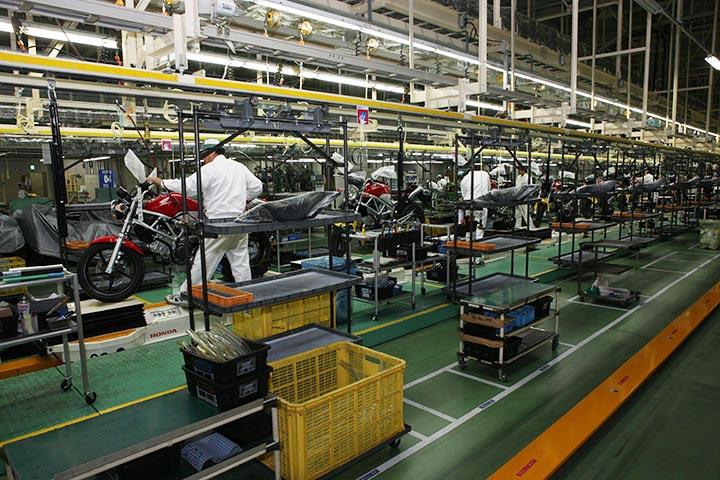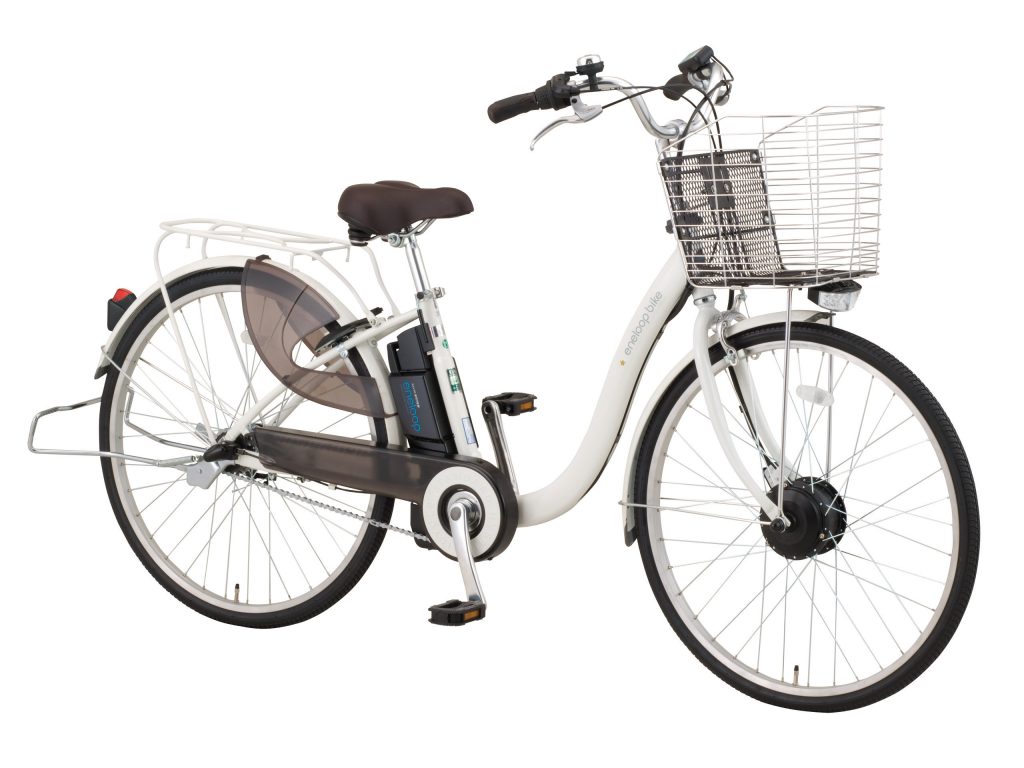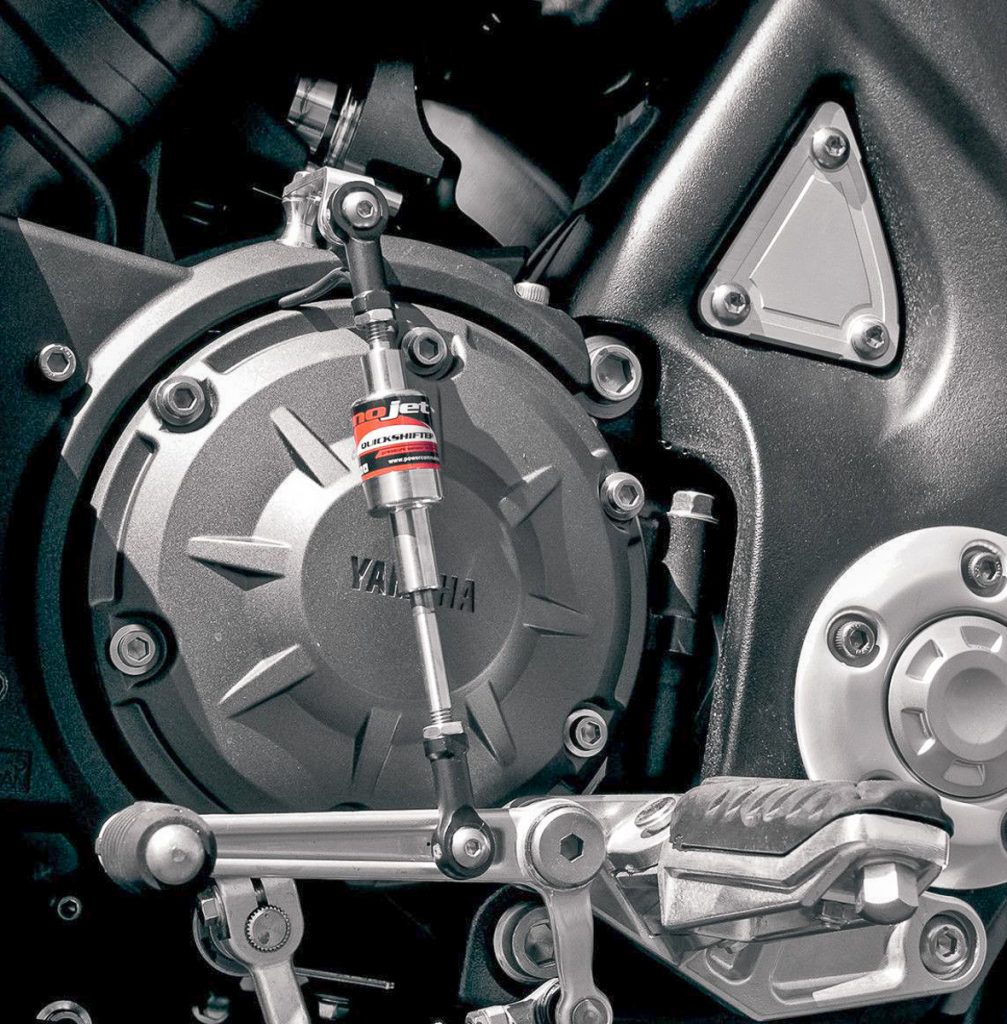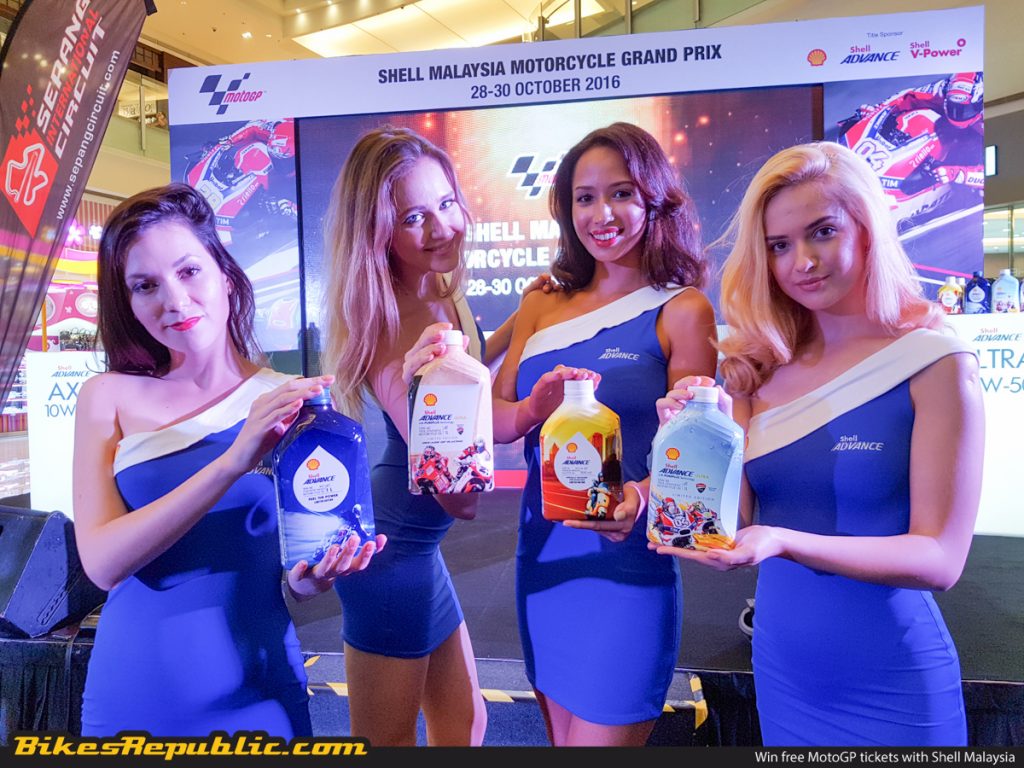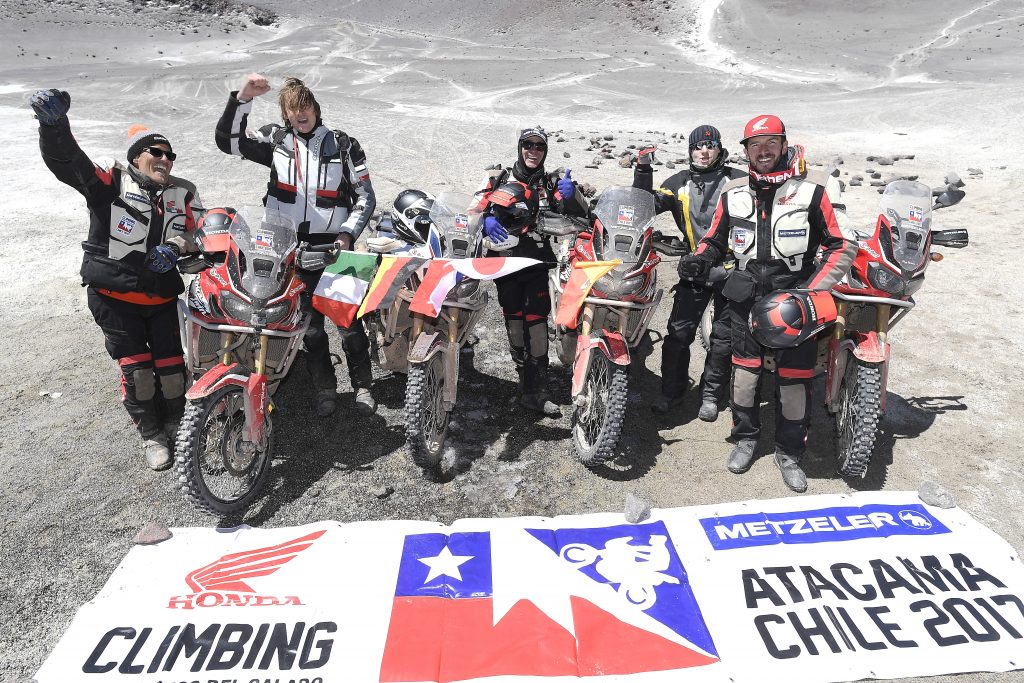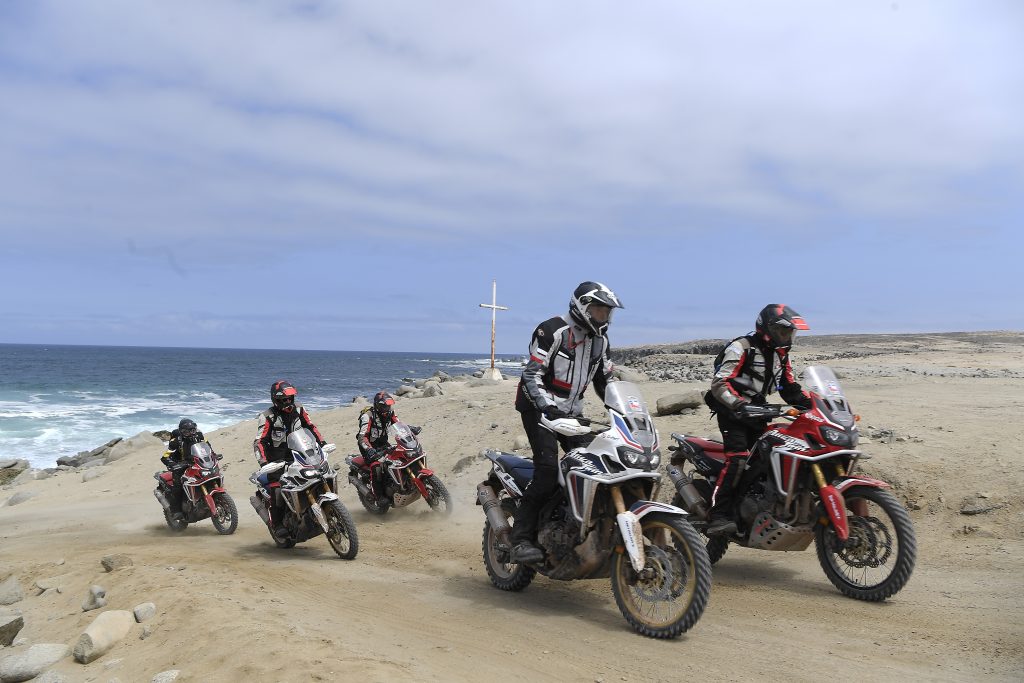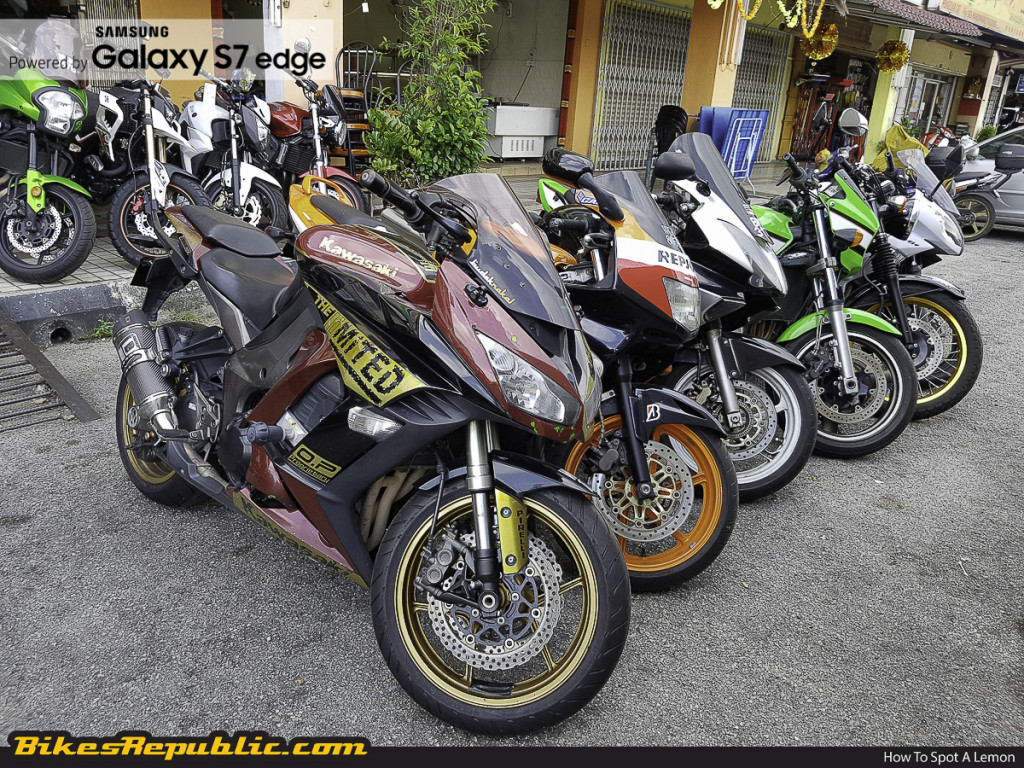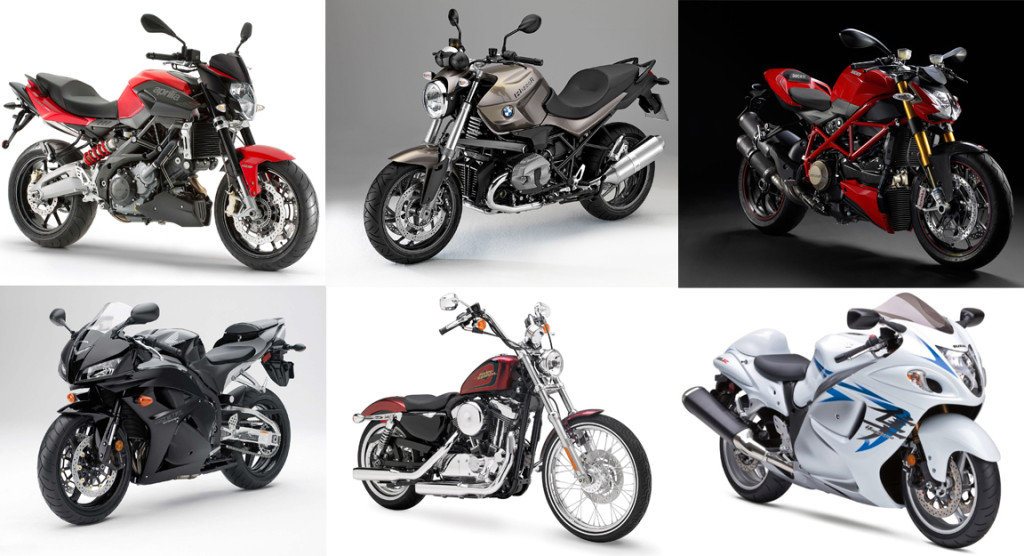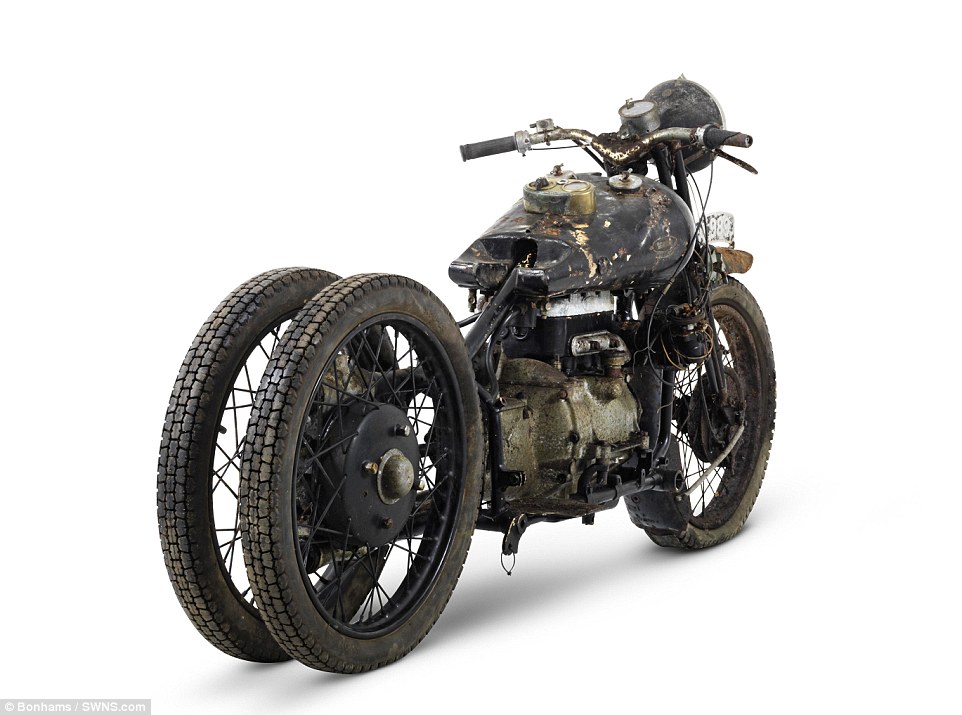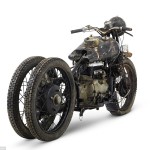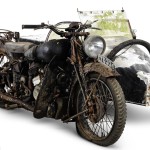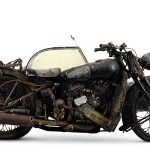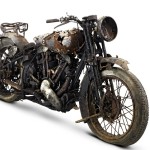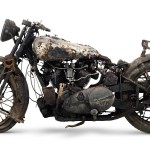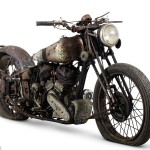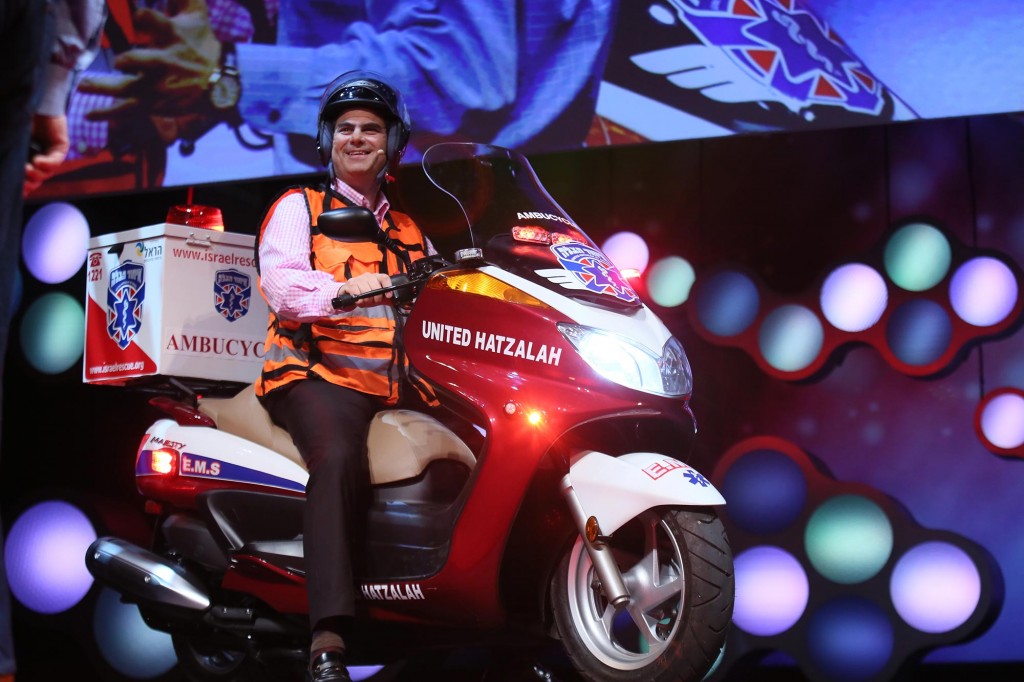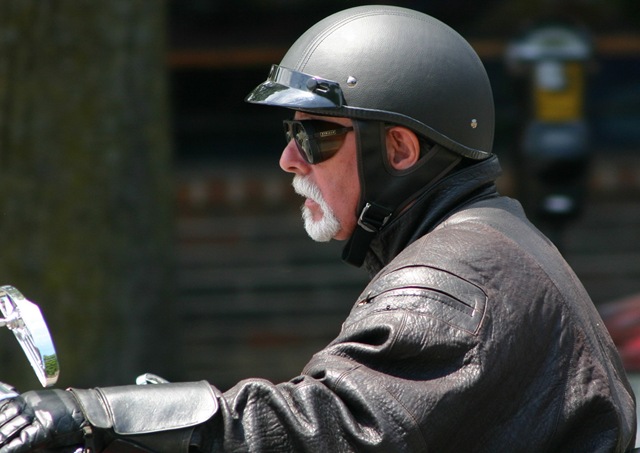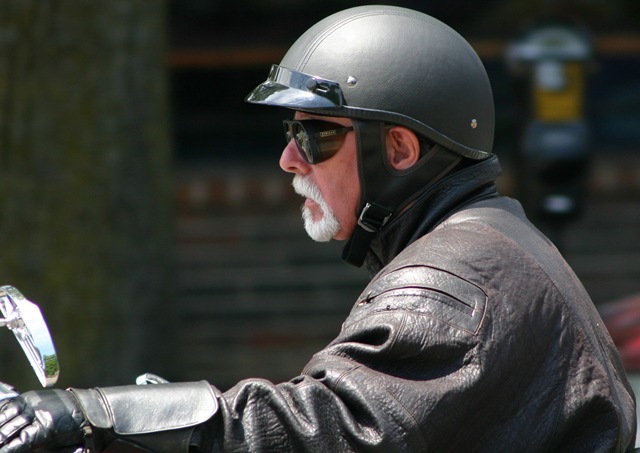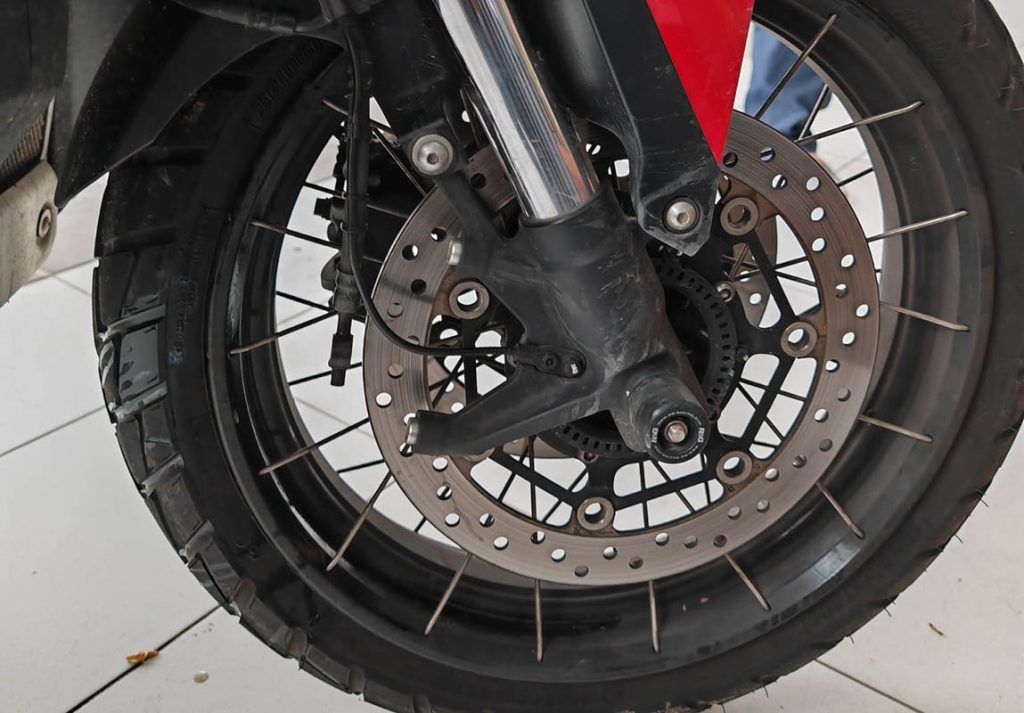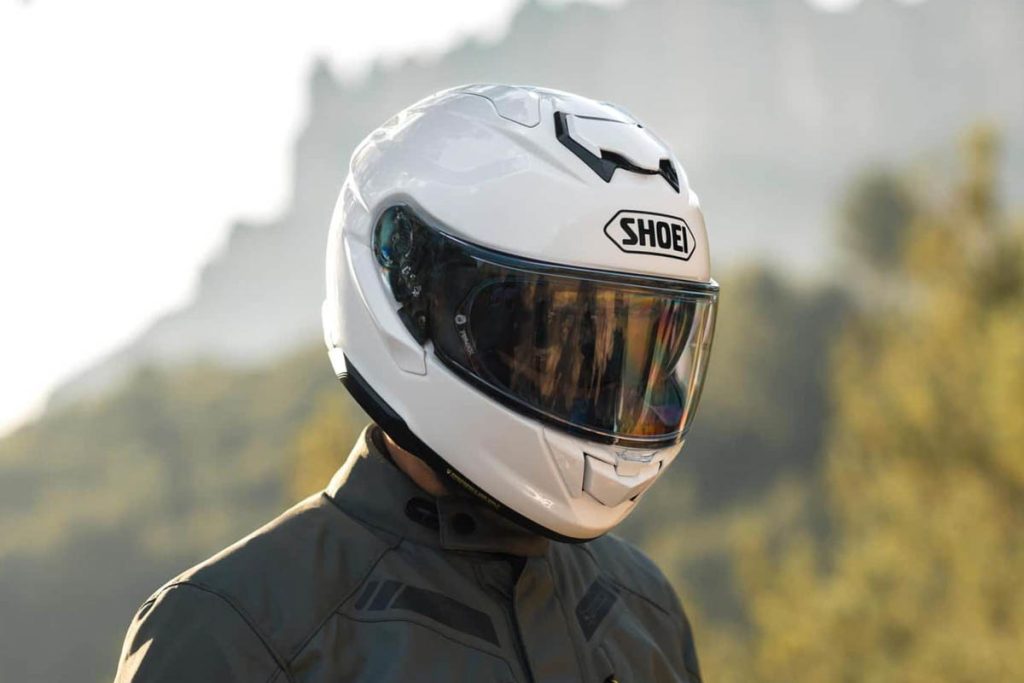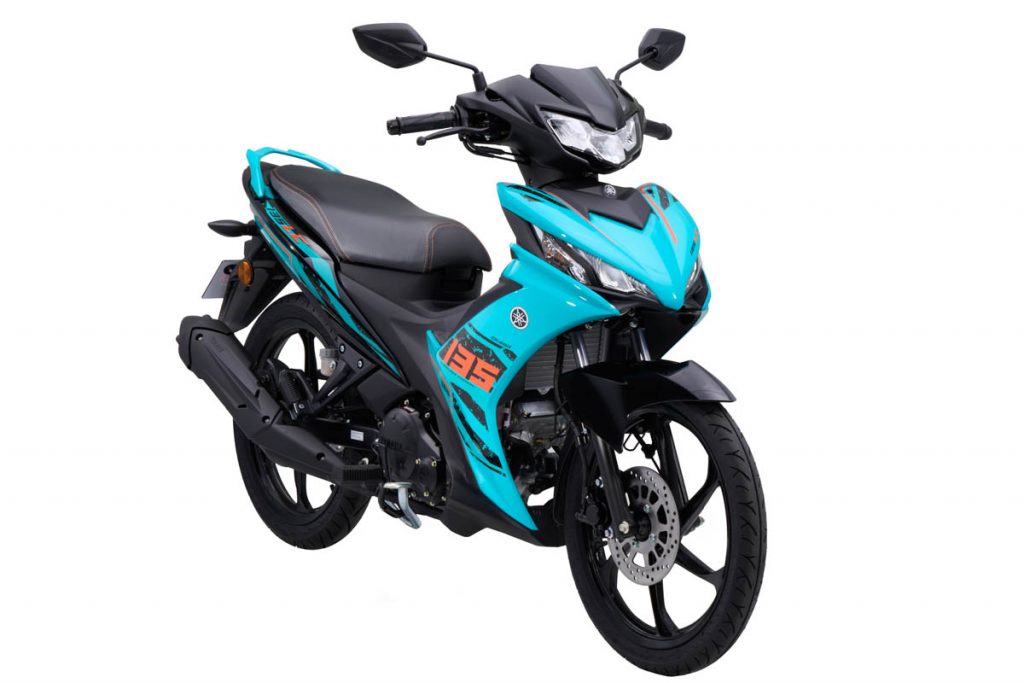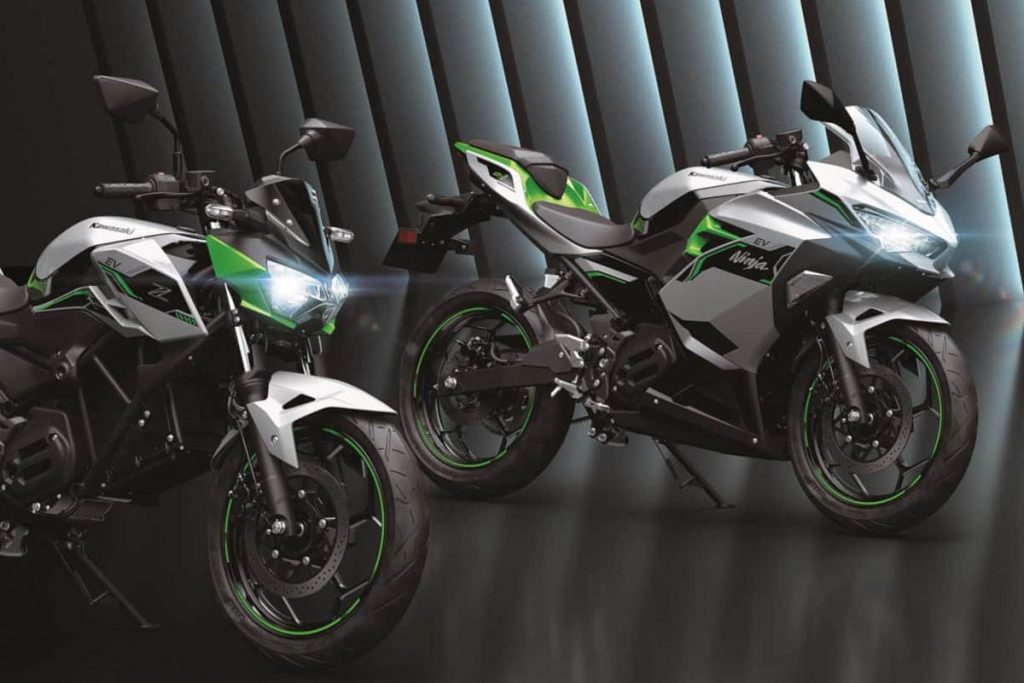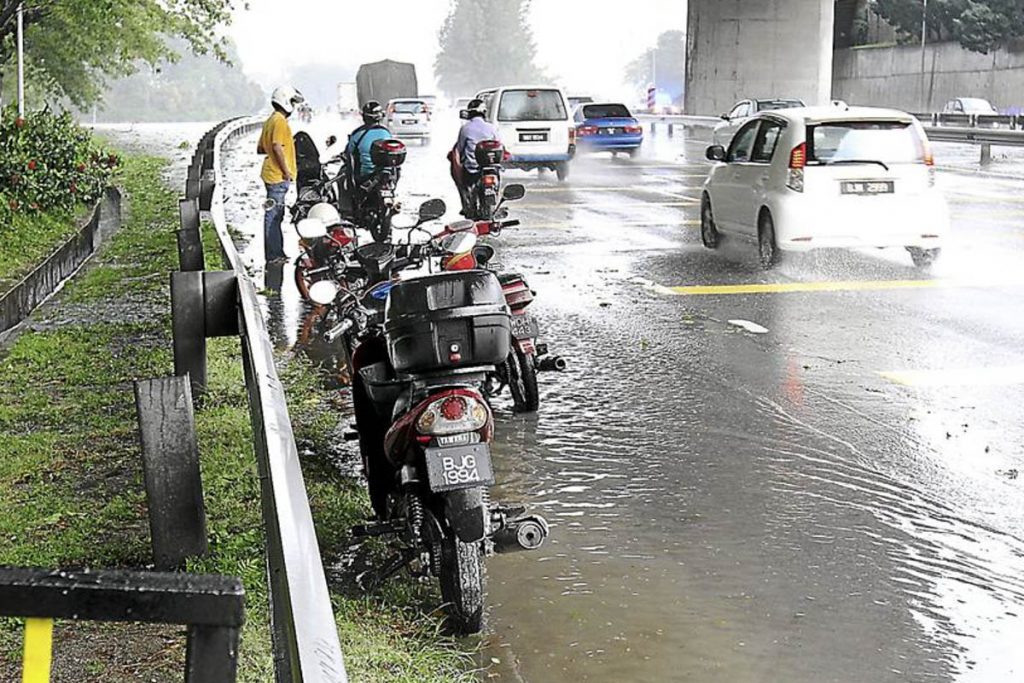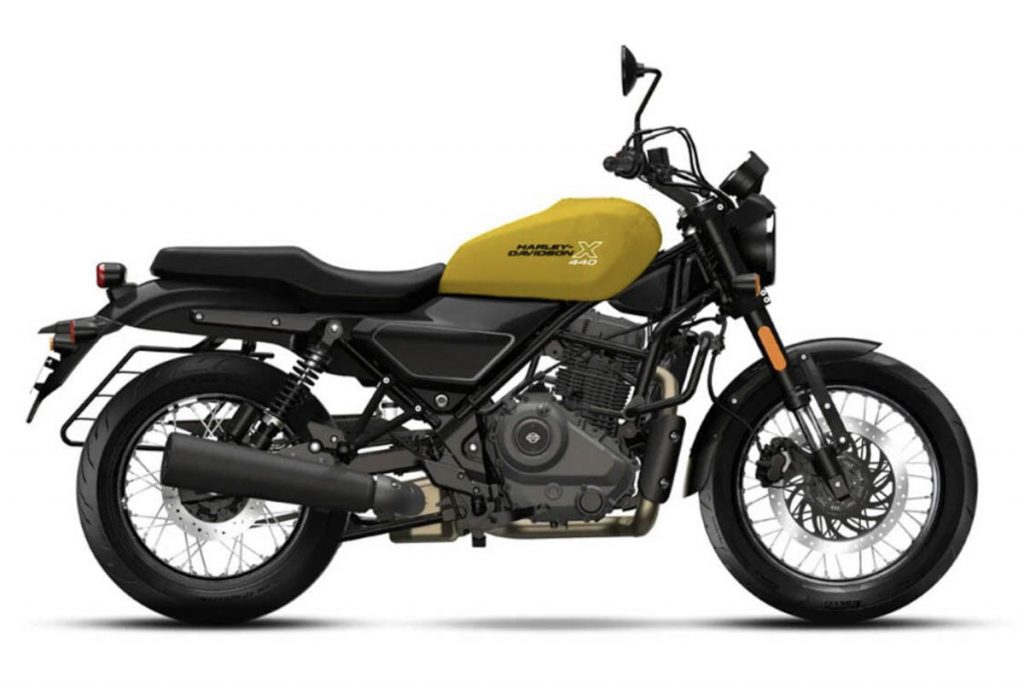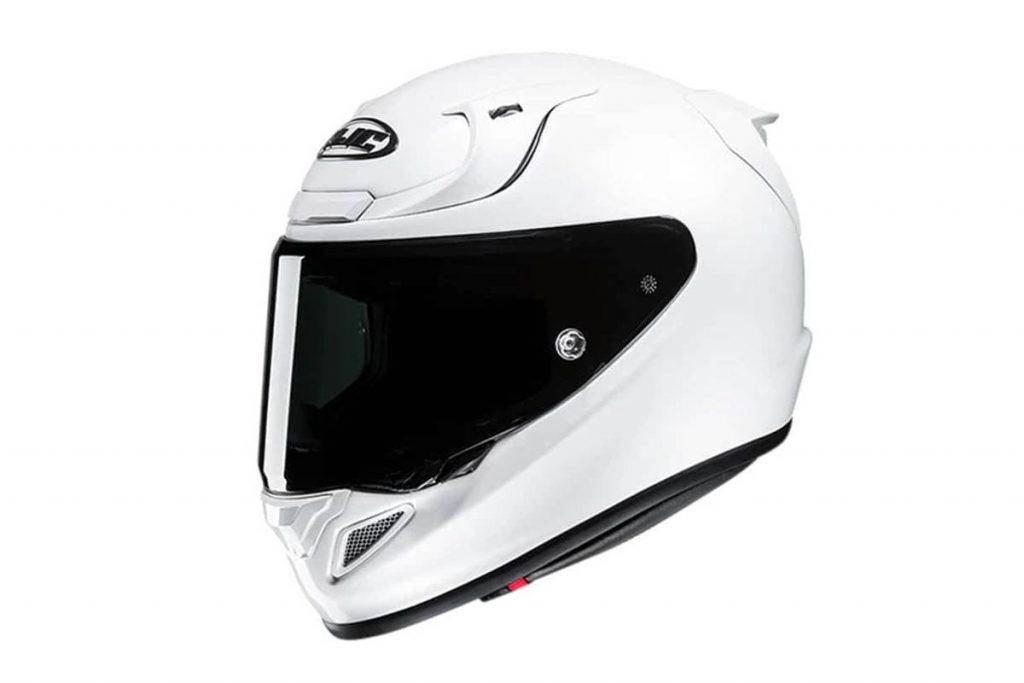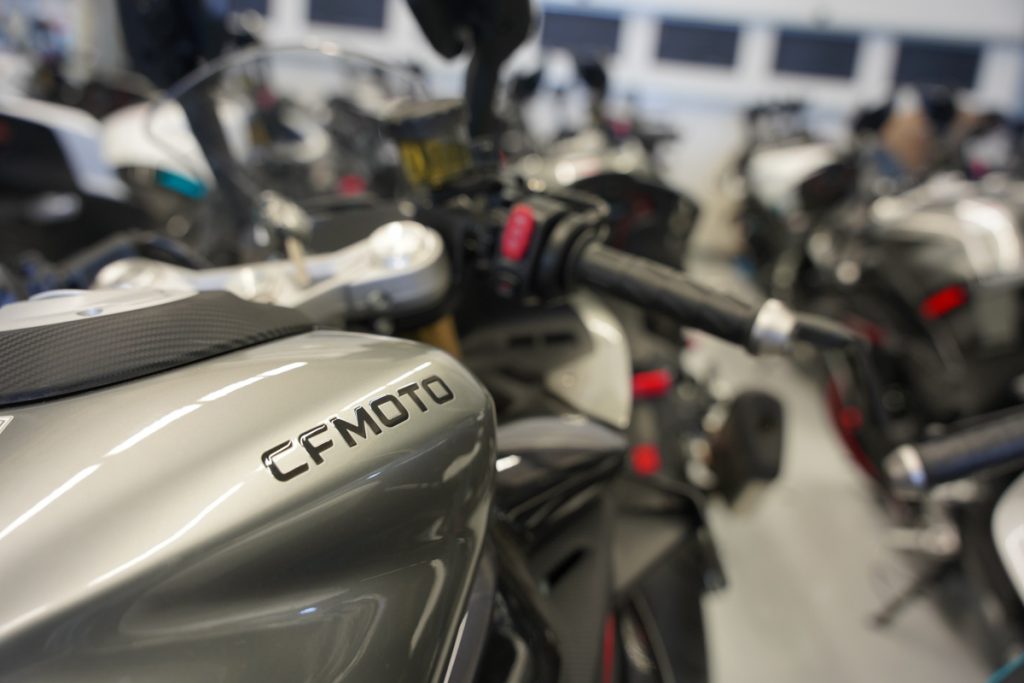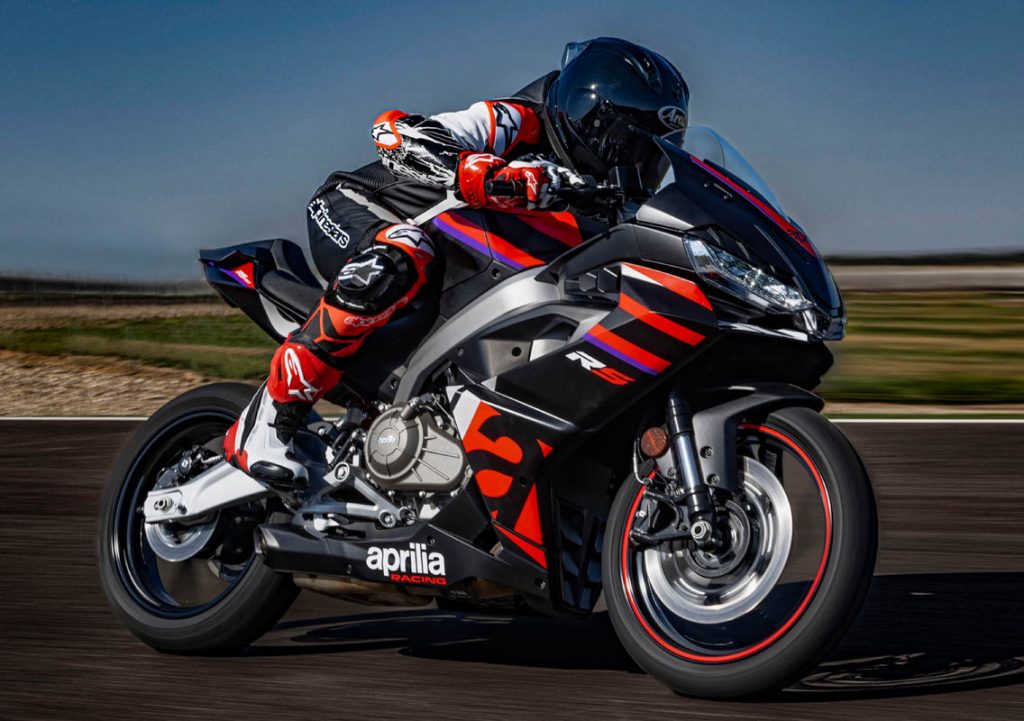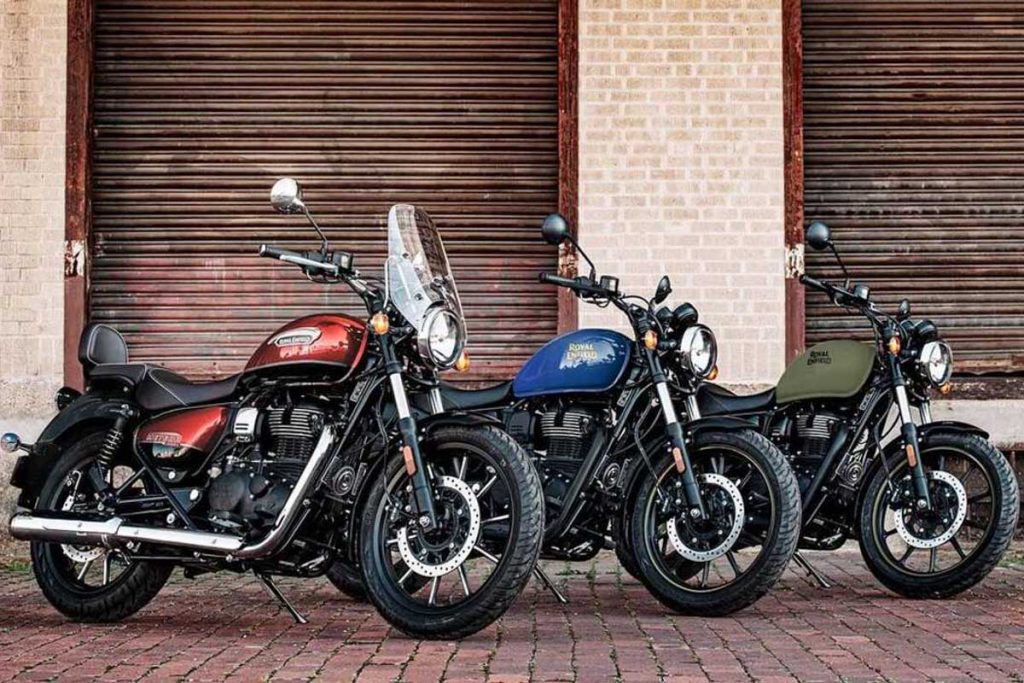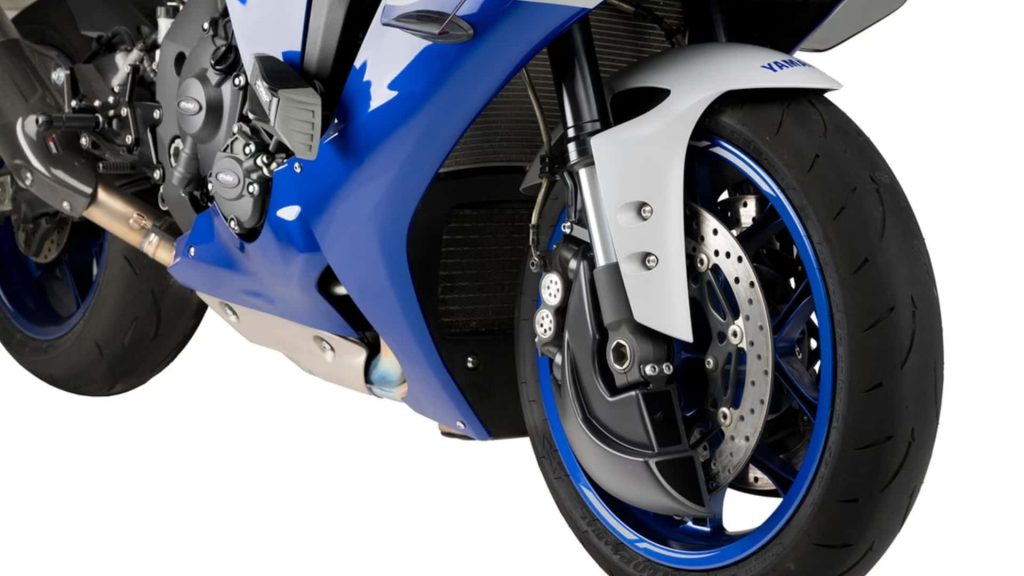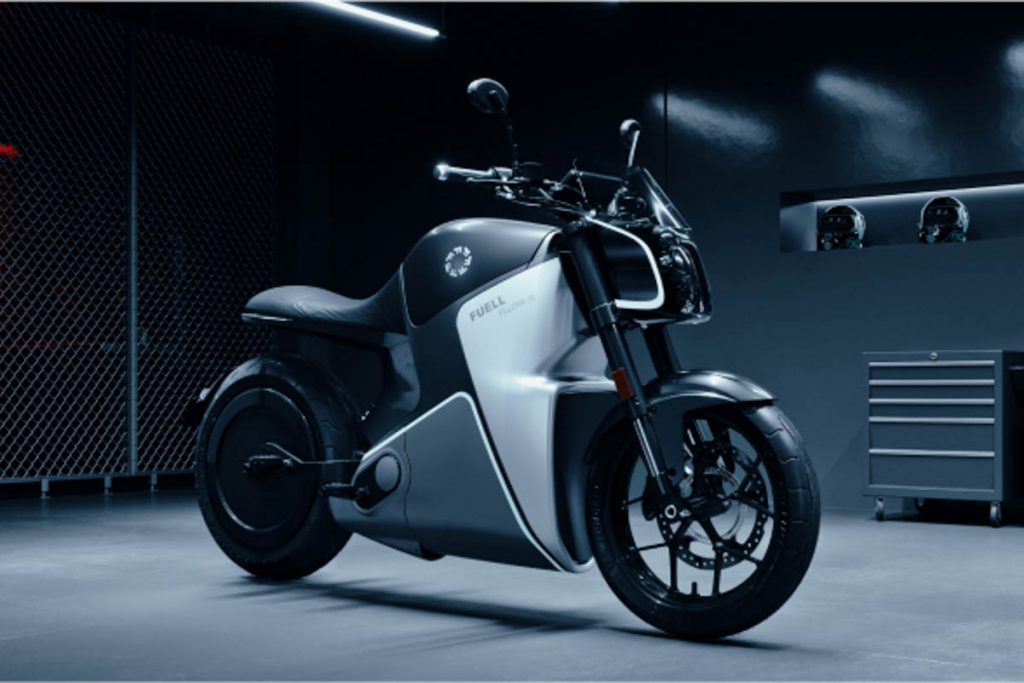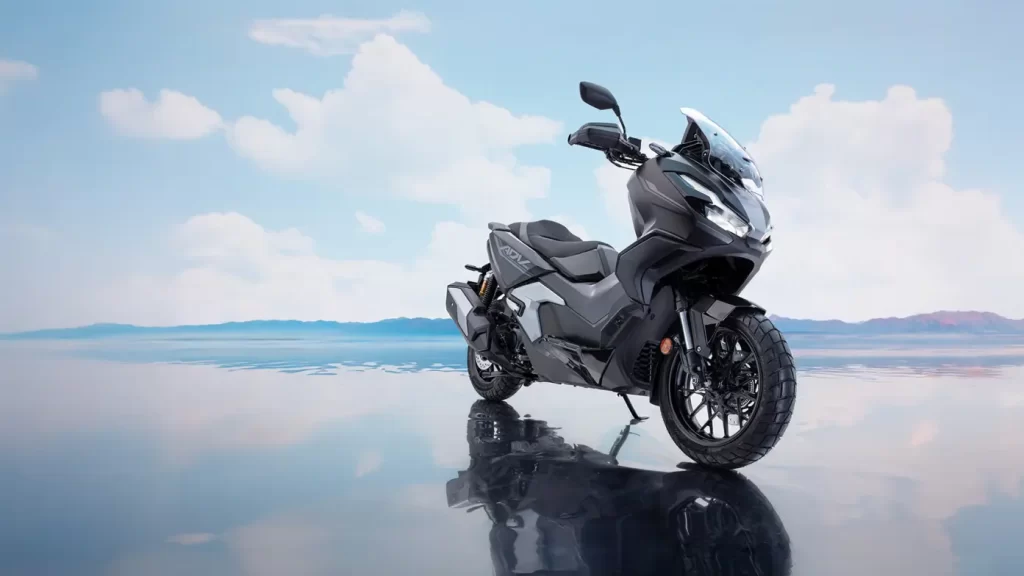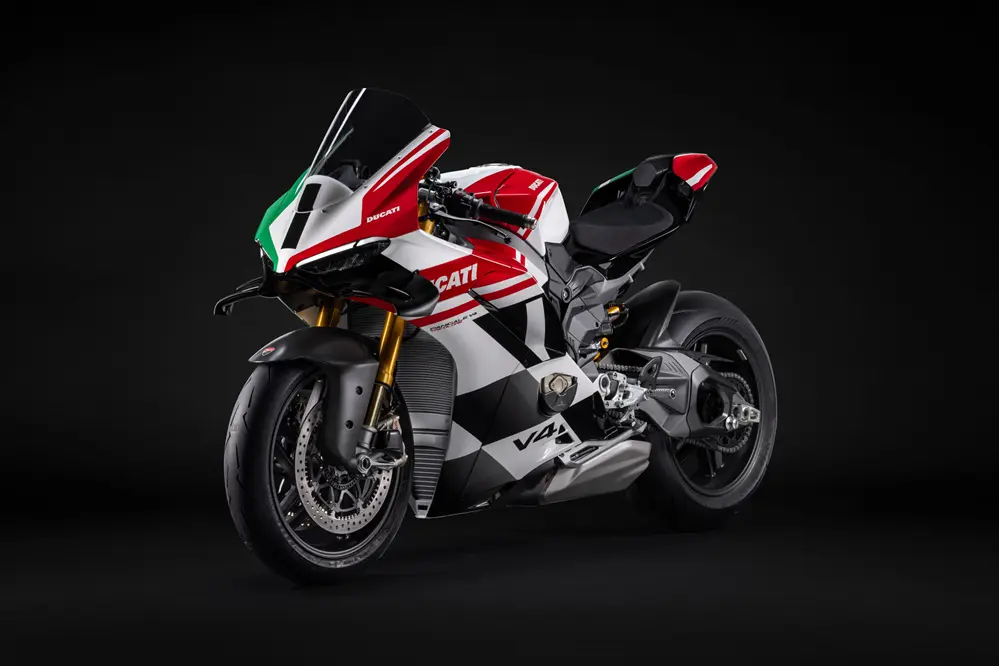-
Basic types of engine oil explained.
-
Engine oil grading system, we help you understand the difference.
Lubricant brands are producing a plethora of different engine oils that if you don’t know what you are doing, it’ll cost you the ingredients of your wallet and maybe even your precious motorbike. Asking friends does not help either as they will tend to give you different answers on which is the best. We here at Bikes Republic will help you break down the mystery of engine oil for your motorcycles.
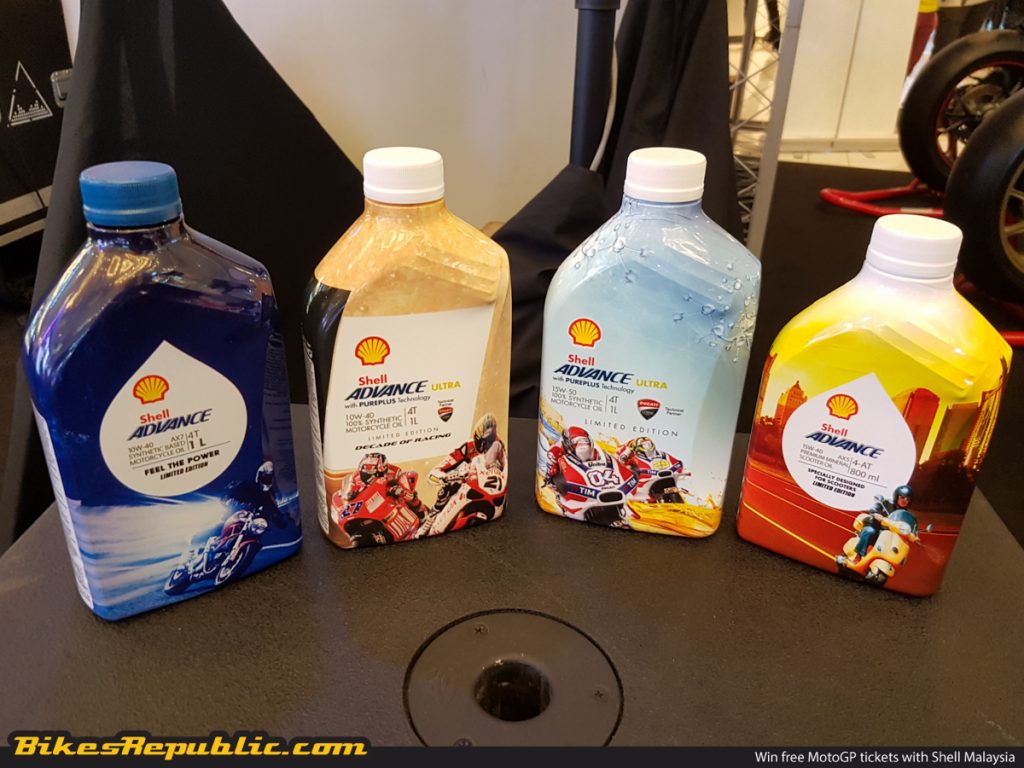
TYPES OF ENGINE OIL
The first basic thing every rider needs to know is the type of engine oil that they are using or planning to use. When it comes down to the materials of engine oils, there are only THREE basic types; Mineral Oils (MO), Semi-Synthetic Oils (SS) and Fully Synthetic Oils (FS). Below are the basic explanations for each individual type.
1) Mineral Oils (MO)
Mineral oils are essentially a product or by-product of petroleum processing. Essentially the most basic type of engine oil, it is highly recommended for smaller capacity engines which do not impose a lot of mechanical pressure while running. Most manufacturers will recommend new bike owners to use mineral oils as they offer good engine protection for the first few kilometres of running the engine in.
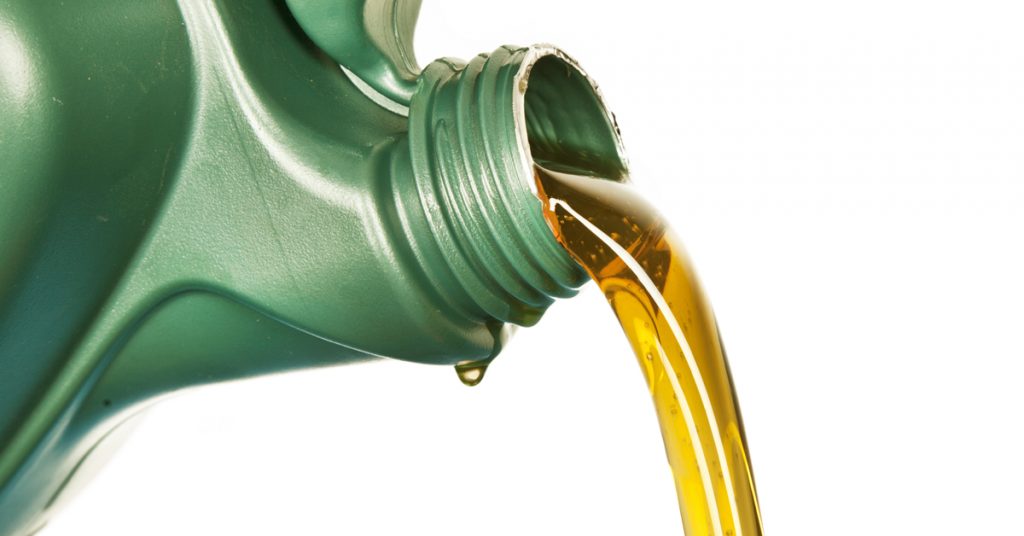
The upside of mineral oils is that they are very affordable and will not hurt your wallet for frequent oil changes. The downside of mineral oils is that they don’t last very long so you need to make sure to replace the oil at recommended intervals. Even with frequent oil changes, it is still considered as affordable to most folks.
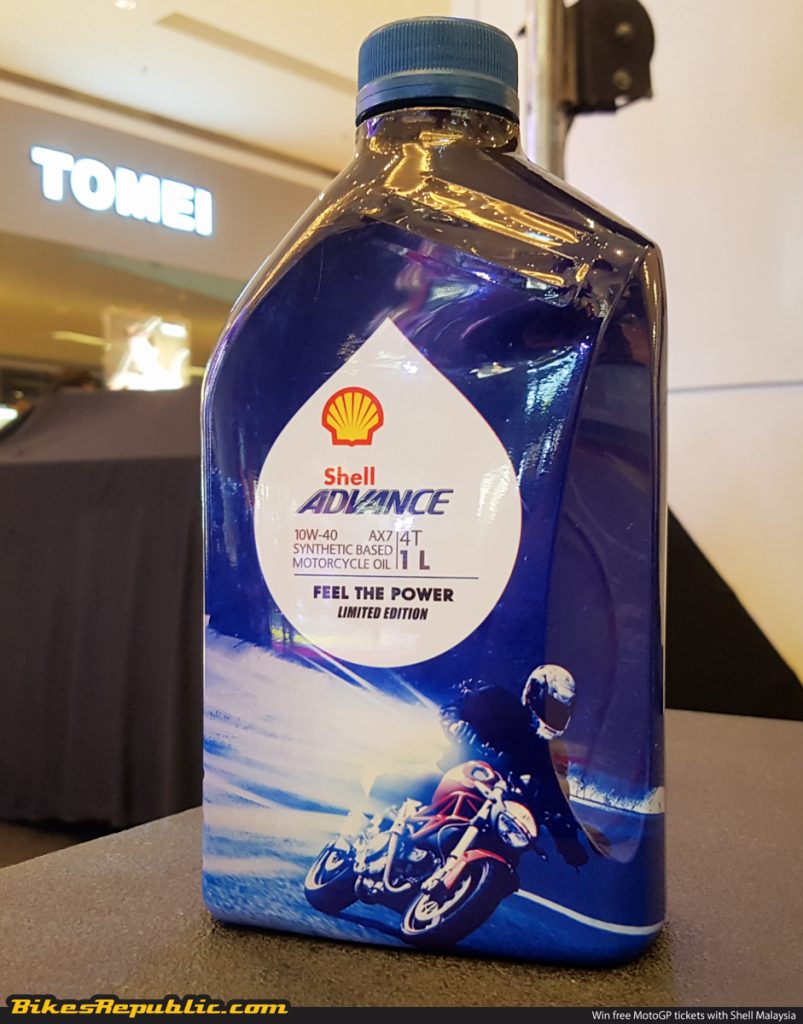
2) Semi-Synthetic Oils (SS)
As the name goes, the semi-synthetic oil is a mixture between mineral oils and synthetic oils. Manufacturers have taken the best of both worlds; the high level of protection from mineral oils and high performance aspects from synthetic oils.
If you’re running a smaller capacity bikes upwards to 250cc which produces a healthy horsepower but still are not put under a lot of stress (like normal daily commutes to work), the semi-synthetic oil is the right choice for you. You will also hear recommendations to switch to semi-synthetic oil after the bike has been run-in using mineral oil.
Generally, all small capacity motorcycles can use this particular type but it will cost more than the normal mineral oil. If you’re using small mopeds below 150cc, mineral oil is more than enough for the engine to run efficiently.
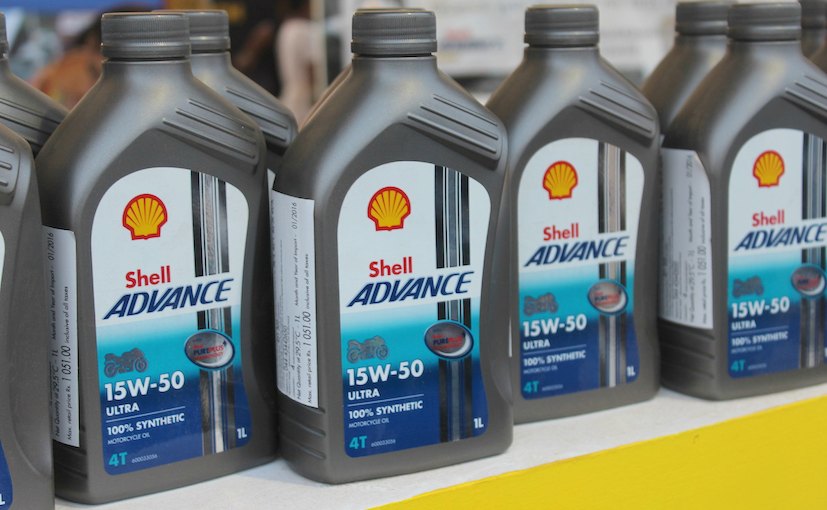
3) Fully Synthetic Oil (FS)
The fully synthetic oils are considered to be the best of the best. Constructed out of pure polymers based of factory made oils, it is the exact opposite of mineral oil (you can say it is artificial and not made using any natural products). The best example of when to use this type of oil is for high performance motorcycles that are constantly put under a lot of stress. Superbikes and race machines are prime examples of machinery that require the help of fully synthetic oils.
The main benefit of fully synthetics oils is that they won’t degrade in terms of quality as they have constructed to have a very long life cycle. They won’t break down as fast as mineral oils or semi-synthetic oils. They also give the best lubricating performance which won’t break under pressure (providing that the right grade of oil is used). Some manufacturers would also state that they’re particular fully synthetic oil will increase performance but that is still a very subjective topic.
So now that we’ve covered the basic types of oil, the next most important thing everyone needs to know is the ENGINE OIL GRADE or grading system.
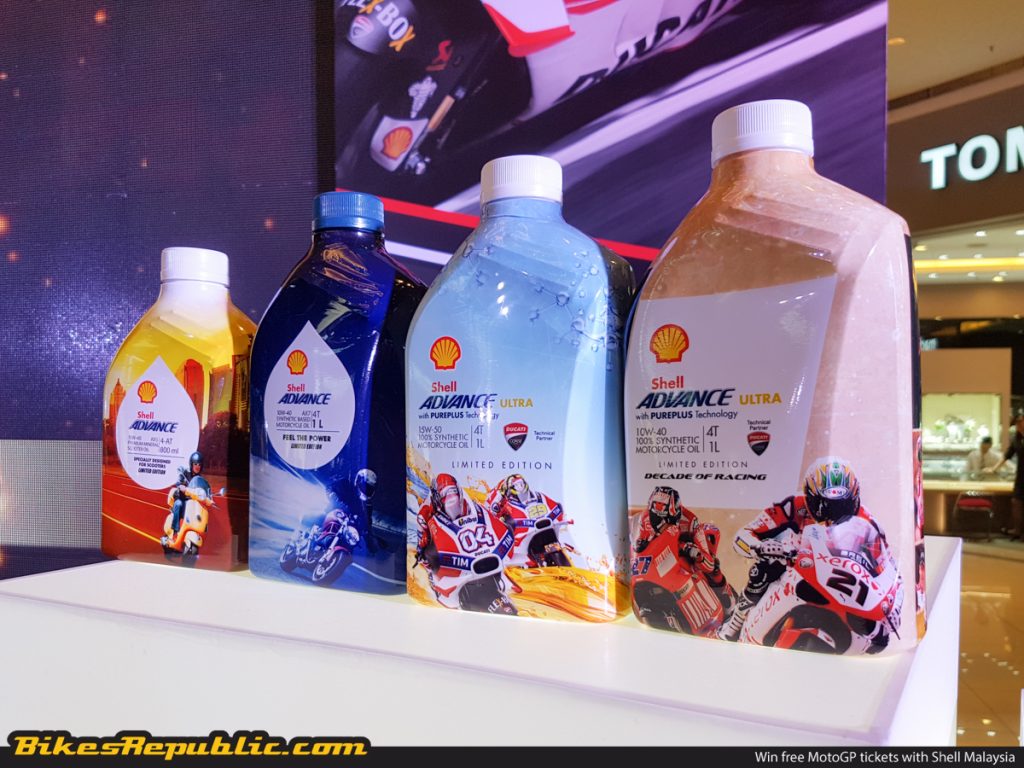
ENGINE OIL GRADING SYSTEM
So many times, a lot of us rely on mechanics and workshops to advise on what would be the best engine oil for our bikes. Looking at so many different brands with all those numbers and letters can be overwhelming for some like 5W40, 10W40, 15W50 and so on. So, lets break it down on the things you need to know about engine oil grades.
When looking at the engine oil grade, just pay attention to the number before and after the letter ‘W’. The numbers are called Multigrade. The letter ‘W’ stands for ‘Winter’ and the number that is stated BEFORE the letter represents the lowest performing temperature for the particular oil (NOTE: The temperature refers to OUTSIDE temperatures, not the engine). Check out the chart below to have a brief look at engine oils using the SAE grading system.
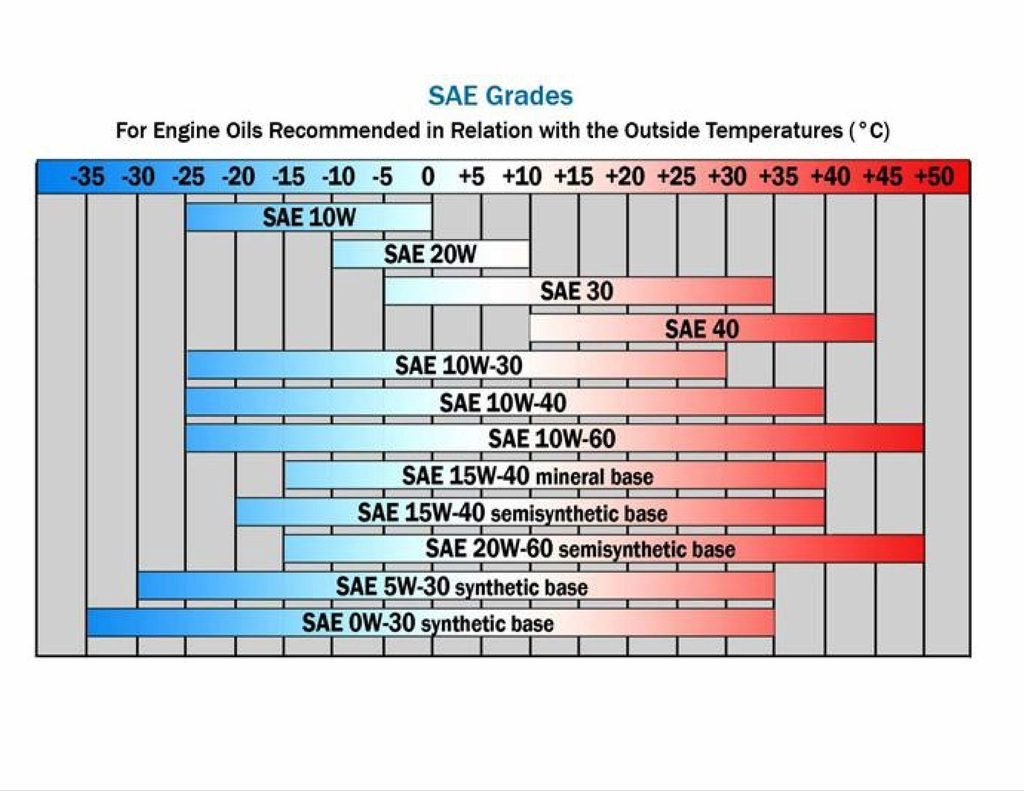 Lets use the grade 10W40 as an example. The number 10 represents the lowest point of temperature which the oil will hold its viscosity. The lowest operating temperature for this grade is usually -25°C. If you’re located in place where the outside temperature is lower than the grade, it won’t be viscous enough to provide sufficient lubrication when the engine is started or running.
Lets use the grade 10W40 as an example. The number 10 represents the lowest point of temperature which the oil will hold its viscosity. The lowest operating temperature for this grade is usually -25°C. If you’re located in place where the outside temperature is lower than the grade, it won’t be viscous enough to provide sufficient lubrication when the engine is started or running.
So, the lower the number, the better the oil will hold its form and viscosity at freakishly cold temperatures. Thankfully, we don’t have to worry too much about this here in Malaysia.
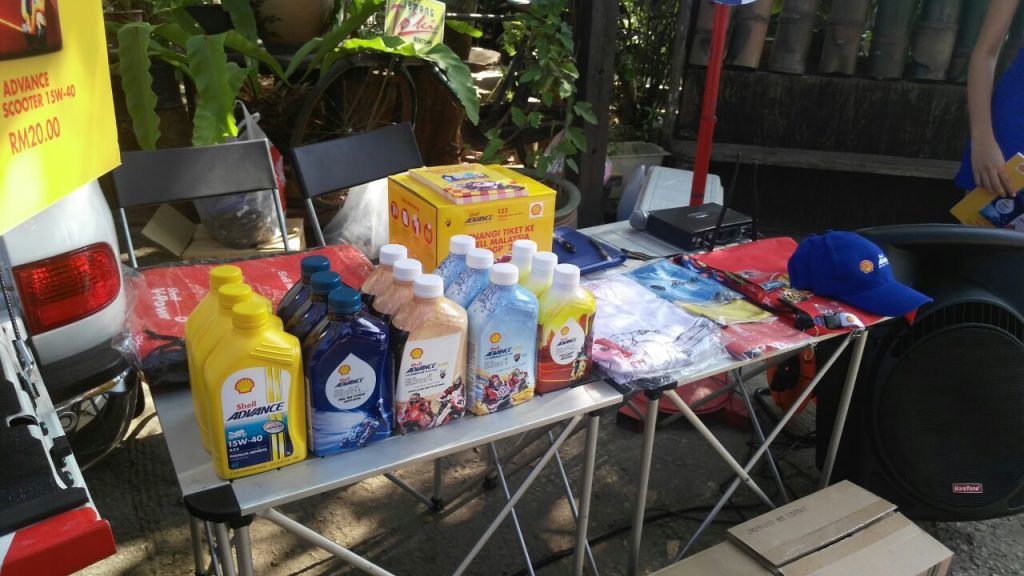
Now, the number 40 which is located after the letter ‘W’ represents the suitability of the oil performance in higher temperatures. Other factors like high engine revs, engine cooling system and surrounding temperatures play a role as well. So, the 40 means that the oil will hold its shape and viscosity within the 40°C range.
If the temperature exceeds the set temperature, the oil will start to thin and lose its viscosity. When this happens, the oil will start to break down and won’t provide sufficient lubrication to the engine. A lot of people will recommend using 10W30 or 10W40 in Malaysia as the average temperatures in the country is usually around 28-30°C.
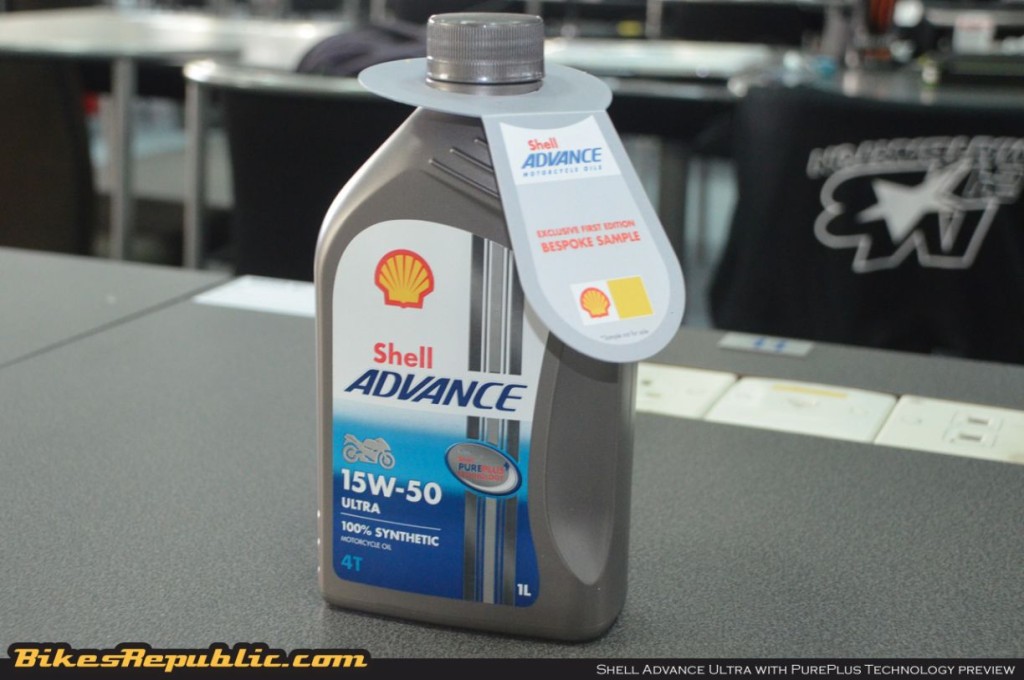
So there you have it, folks. When it comes down to engine oils, different manufacturers have different formulations using multiple additives that come with a variety of claims. Just keep it simple and understand the basics and you’ll be just fine. Knowing these basic criteria will give you a peace of mind, a happy wallet and happy motorbikes. Like the saying goes, “Happy bikes, happy lives”. Or something like that…
